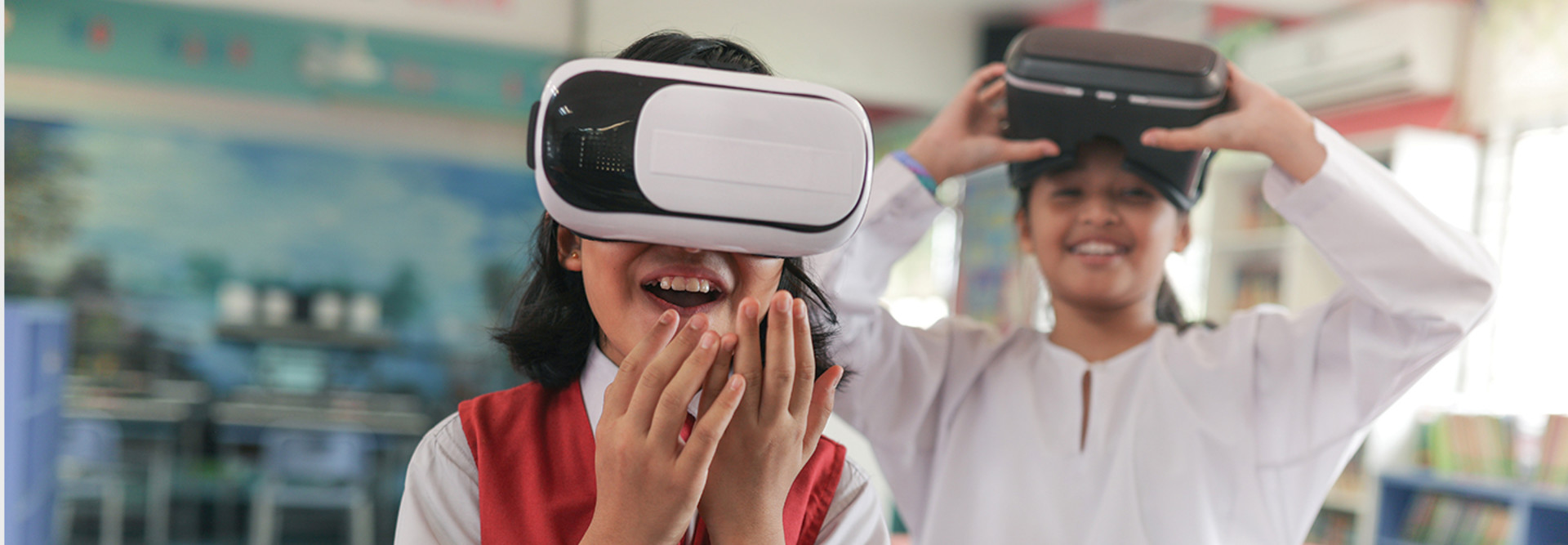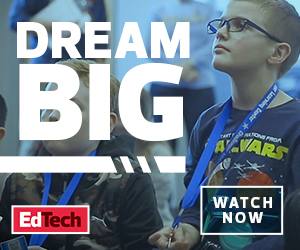How Immersive Technology Stimulates Critical Thinking
Critical thinking — which involves reasoning effectively, problem-solving and making sound judgments and decisions — is an imperative skill for students. Those skills are even more crucial to working “effectively and creatively with computers, with vast amounts of information, with ambiguous situations and with other people from a variety of backgrounds,” which is the norm in today’s workforce, according to a National Education Association’s educator guide, “Preparing 21st Century Students for a Global Society.”
Using immersive technology is one innovative way educators can integrate critical thinking into the classroom. Take Ector County Independent School District in Texas, for example, which is investing in a VR solution that allows students to simulate tracing neurons and brain cell tissue. This not only gives students an opportunity to develop their own understanding of the natural world, but also lets them ask questions and make connections to real-world problems in scientific research.
MORE ON EDTECH: Discover how VR transforms physical education classes for K–12 students.
Students are Building Communication Skills with VR Tools
The explosion of technology in today’s world has given rise to global work teams, making it “imperative that tomorrow’s graduates communicate clearly and effectively in a variety of languages,” according to the NEA.
Employers across all industries also prioritize strong oral and written communication skills when hiring, according to a 2018 survey on the future of work by the Association of American Colleges and Universities. However, public K–12 schools don’t always explicitly teach those skills, especially in relation to real-world workplace scenarios, Education Week reports.
But immersive technology can help change that. For example, there are VR-driven apps for students who want to practice their communication skills. Jon Spike, coordinator of instructional technology integration services at University of Wisconsin-Whitewater, shared one such app, called VirtualSpeech, during a presentation at IDEAcon 2020. The app places students in realistic virtual environments, such as seminar rooms and auditoriums, where students can practice giving presentations or speeches and get feedback on their delivery, pace and eye contact. The app is also designed for a classroom setting: It’s compatible with numerous headsets, such as Merge VR and Vive Focus, and has a logout feature so students can share it.
There are also projects such as Virtual Reality Opportunities to Integrate Social Skills (VOISS) that are tailored toward helping students with high-functioning autism and learning disabilities practice their soft skills. Developed by researchers at the University of Kansas Department of Special Education and the university’s Center for Research on Learning, VOISS offers a series of virtual experiences across multiple school-based environments where students can practice social interactions with avatars.
“Our idea is to use virtual reality to explicitly teach students these social competency skills and how to generalize them in their natural environments,” Amber Rowland, assistant research professor in the Center for Research on Learning, tells Variety.













